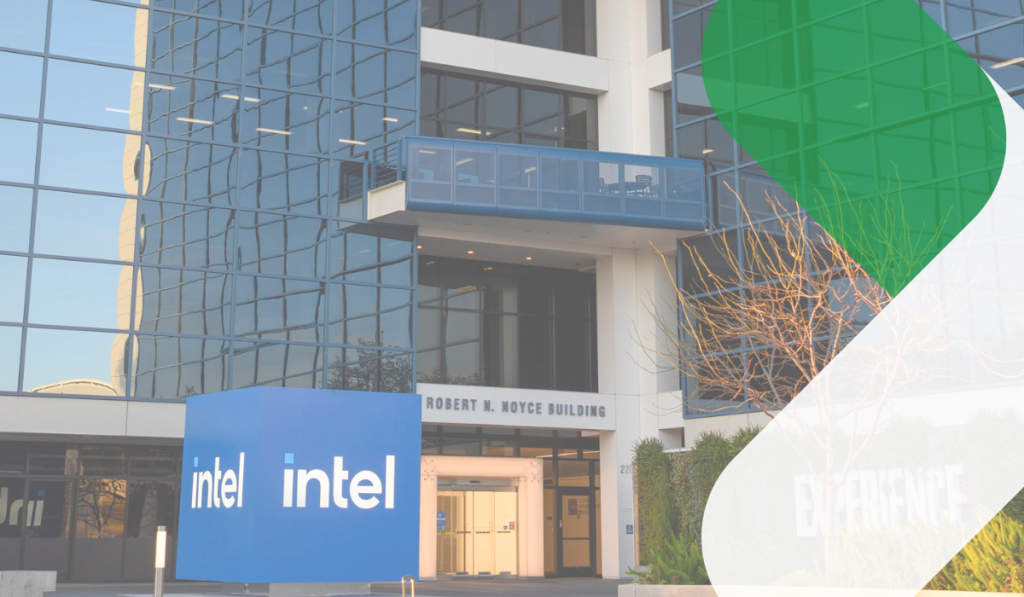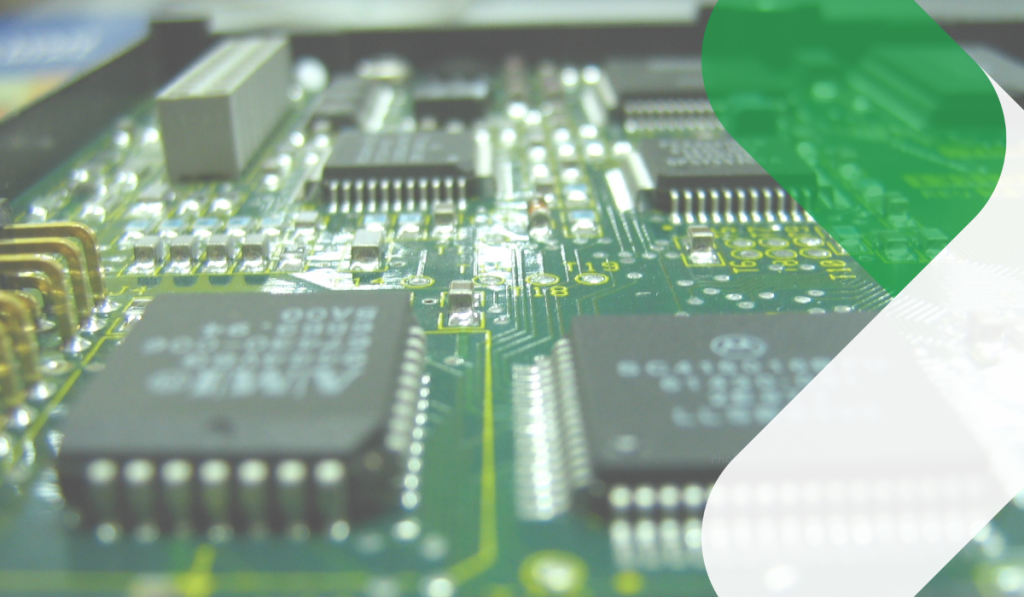Understanding the distinction between firmware development and enablement is crucial for successfully bringing a hardware product to market. While both processes are integral to the product lifecycle, they serve different functions and require different skill sets and methodologies.
Firmware Development
Firmware development involves designing and building the core software directly interacting with a device’s hardware components. This process typically includes creating the firmware architecture, which comprises the lowest level of software running on a device, such as the bootloader, hardware initialization, and device drivers. While firmware serves as a critical bridge between hardware and higher-level software, it does not necessarily form the foundation for all other software layers in systems with multiple software layers, like operating systems or middleware.
A key part of firmware development is the SoC (System on Chip) bring-up, which contains tasks like power sequencing, clock management, hardware initialization, communication between cores in multi-core systems, and verification of basic system functionality (such as DDR initialization and I/O setup). This phase may also involve debugging early startup code with tools like JTAG and working with bootloaders like U-Boot. Developers also work on implementing device drivers to ensure that hardware components communicate directly with the software. These drivers manage hardware interactions, such as registers and interrupts, rather than creating interfaces or APIs.
In addition to the bring-up phase, developers work on high-speed communication interface standards and low-level hardware integrations such as PCIe (Peripheral Component Interconnect Express) and UEFI (Unified Extensible Firmware Interface), which connects peripherals like GPUs and network cards to the processor. Other critical aspects of firmware development include power management, which integrates design goals like dynamic voltage scaling and low-power states to optimize energy efficiency, and telemetry, a system that collects and transmits performance data for system monitoring and diagnostics.
Another key focus is on implementing Reliability, Availability, and Serviceability (RAS), which is a set of system-level design principles aimed at enhancing the robustness and maintainability of the system. Furthermore, process models like ASPICE (Automotive SPICE) are employed to evaluate and improve the firmware development processes, particularly in the automotive industry. Developers may also integrate RTOS such as FreeRTOS, SafeRTOS, and Zephyr, along with platforms like Embedded Linux (which can be modified for real-time use) and AUTOSAR (a software architecture standard in the automotive industry), which are critical components in firmware development.
Firmware Enablement
Firmware enablement is the process of making hardware features functional through firmware (e.g., enabling new hardware features in a chip or board). Once the firmware is developed, the next step is firmware release integration and validation. This involves building, flashing, and testing the firmware to ensure that all components work cohesively within the hardware platform. Integration typically includes tasks like configuring the hardware, setting up communication protocols, and aligning the firmware with the hardware architecture.
Following integration, the next phase is testing framework development. This involves creating a structured system of tools and protocols designed to test the firmware’s functionality and performance. The testing frameworks may include Hardware-in-the-Loop (HIL) setups, automated unit tests, and integration tests, which are particularly crucial for continuous validation in complex systems such as automotive or industrial applications. Simulation tools may also be used during the early stages of validation to test firmware features before actual deployment on hardware. As the firmware evolves, the testing frameworks are iteratively refined to keep pace with new feature development.
The test development and execution phase includes a variety of testing types such as unit testing, integration testing, stress testing, regression testing, and system-level testing. Special attention is given to platform-specific tests, including power management testing, timing analysis, and corner case validation, ensuring that the firmware meets the strict requirements of embedded systems. This phase also tests for real-world conditions, corner cases, boundary conditions, and error handling, ensuring the firmware can handle both typical and edge-case scenarios.
A functional test plan is created to outline the strategy for testing, with a specific focus on real-time performance. Embedded systems often have strict real-time constraints, requiring tests that measure response time, interrupt latency, and adherence to real-time deadlines. For systems running on RTOS platforms like FreeRTOS or Zephyr, the test plan also evaluates the scheduler’s behavior and task prioritization. In addition, hardware resource tests ensure efficient memory usage, power consumption, and peripheral interaction.
If failures are observed, the process moves to triaging failures, which involves categorizing issues based on severity and performing root cause analysis. This process often includes decoding logs at the register level, using diagnostic tools such as JTAG or In-Circuit Debuggers to analyze faults, and determining whether the issue stems from hardware or firmware. This phase frequently requires collaboration with cross-functional teams, including hardware engineers, software developers, and external partners like silicon vendors, to ensure swift issue resolution.
Finally, optimization is a vital component of the firmware enablement process. Optimization efforts target various aspects of the firmware, including performance optimization (reducing boot times and improving interrupt response), memory optimization (critical for constrained environments), and power optimization (vital for low-power devices and battery-operated systems). Power optimization techniques, such as sleep-mode management and minimizing active power consumption, are essential in embedded systems that operate under energy constraints.




